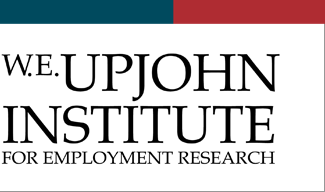Series
Upjohn Institute working paper ; 24-399
DOI
10.17848/wp24-399
Issue Date
March 2024
Abstract
This paper studies the long-run effects of government-led construction of manufacturing plants on the regions where they were built and on individuals from those regions. Specifically, we examine publicly financed plants built in dispersed locations outside of major urban centers for security reasons during the United States’ industrial mobilization for World War II. Wartime plant construction had large and persistent impacts on local development, characterized by an expansion of relatively high-wage manufacturing employment throughout the postwar era. These benefits were shared by incumbent residents; we find men born before WWII in counties where plants were built earned $1,200 (in 2020 dollars) or 2.5 percent more per year in adulthood relative to those born in counterfactual comparison regions, with larger benefits accruing to children of lower-income parents. The balance of evidence suggests that these individuals benefited primarily from the local expansion of higher-wage jobs to which they had access as adults, rather than because of developmental effects from exposure to better environments during childhood.
Sponsorship
W.E. Upjohn Institute for Employment Research Early Career Research Award No. 21-58160-04 and Washington Center for Equitable Growth
Subject Areas
EDUCATION; LABOR MARKET ISSUES; Wages, health insurance and other benefits; Inequality; Nonwage benefits; ECONOMIC DEVELOPMENT; Industry studies; Entrepreneurship and innovation; Local labor markets; Regional policy and planning; Business and tax incentives; Transportation and infrastructure
Get in Touch With The Expert
Want to arrange to discuss this work with the author(s)? Contact our .
Included in
Citation
Garin, Andrew and Jonathan Rothbaum. 2024. "The Long-Run Impacts of Public Industrial Investment on Local Development and Economic Mobility: Evidence from World War II." Upjohn Institute Working Paper 24-399. Kalamazoo, MI: W.E. Upjohn Institute for Employment Research. https://doi.org/10.17848/wp24-399

